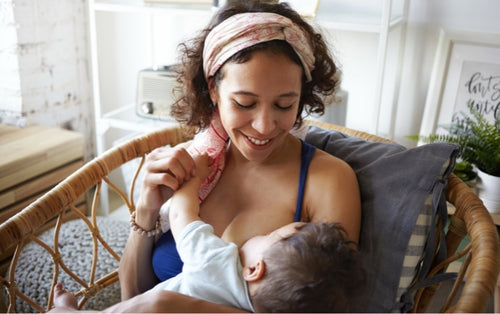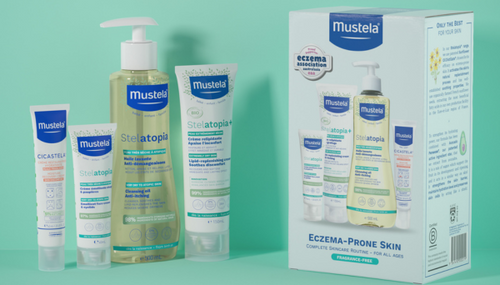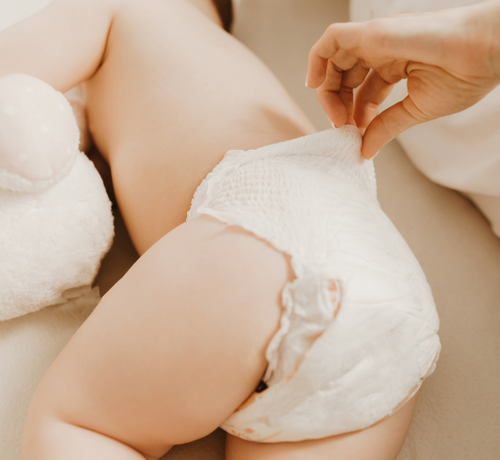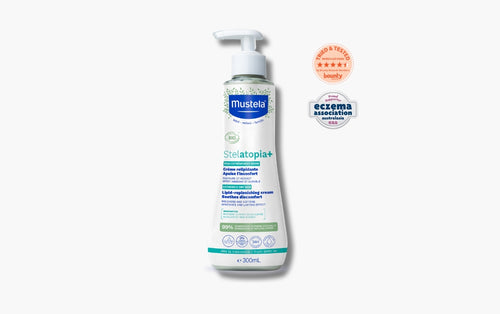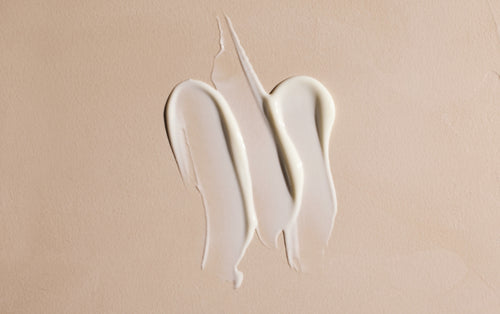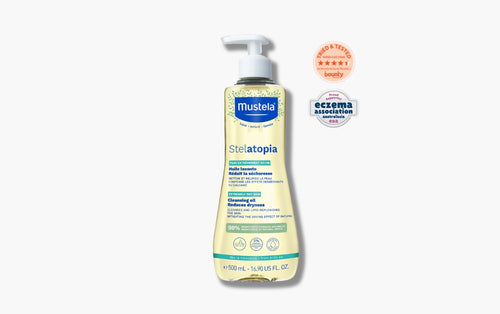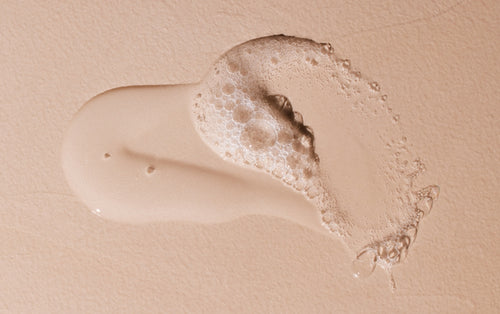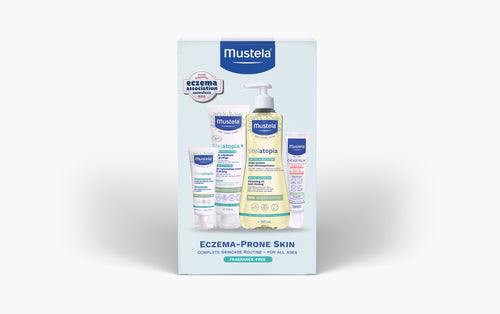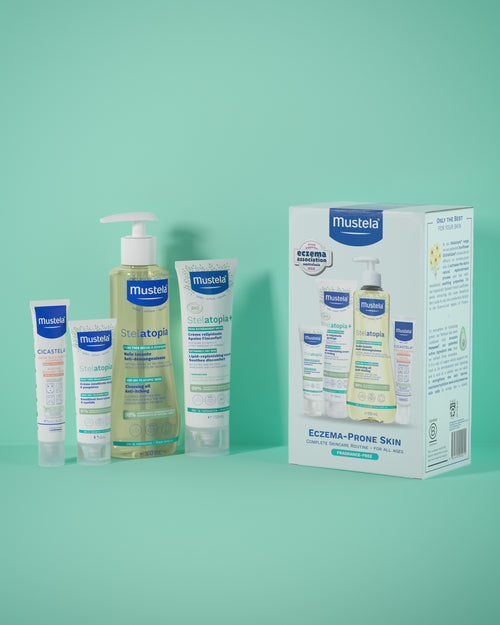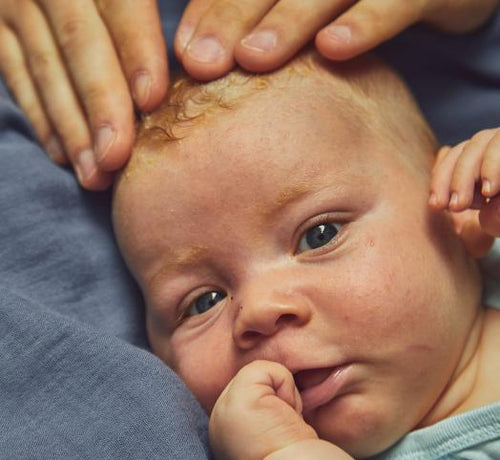What Is A Yeast Nappy Rash?
Nappy rash is not exceptionally uncommon. Irritation alone is what causes common nappy rash (dermatitis). But this common nappy rash differs from a yeast diaper rash.
A fungus called yeast (Candida) develops naturally in the human body. However, excessive growth leads to what we refer to as a "yeast infection."
The yeast infection nappy rash (also known as "yeast nappy rash") is specifically brought on by yeast overgrowth. Simply described, it is a fungal infection.
Unsurprisingly, a yeast nappy rash can develop fast, given that yeast prefers warm, moist surroundings. Let's examine the causes of a yeast diaper rash and the elements that make your baby's skin vulnerable.
Causes Of Yeast Nappy Rash
The cause of a yeast nappy rash is simple: an overgrowth of yeast. Here are some factors that can contribute to or lead to yeast overgrowth.
A Moist Environment
Yeasts love warm, moist environments, and your baby's nappy area is just that — especially in the folds of their skin.
A Regular Nappy Rash
Unfortunately, if your child has a recurring nappy rash, this indicates that their skin is already inflamed, vulnerable, and open to a yeast nappy rash. Their natural skin barrier is compromised and less effective in warding off yea

